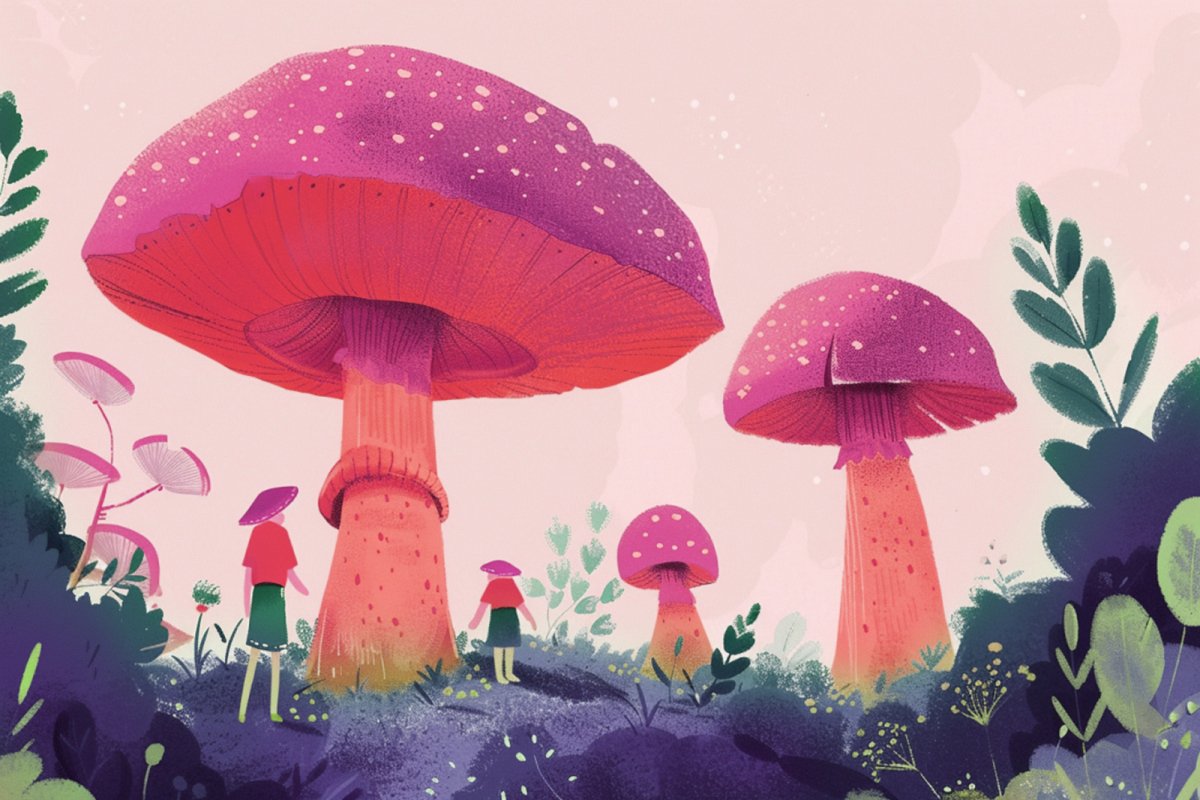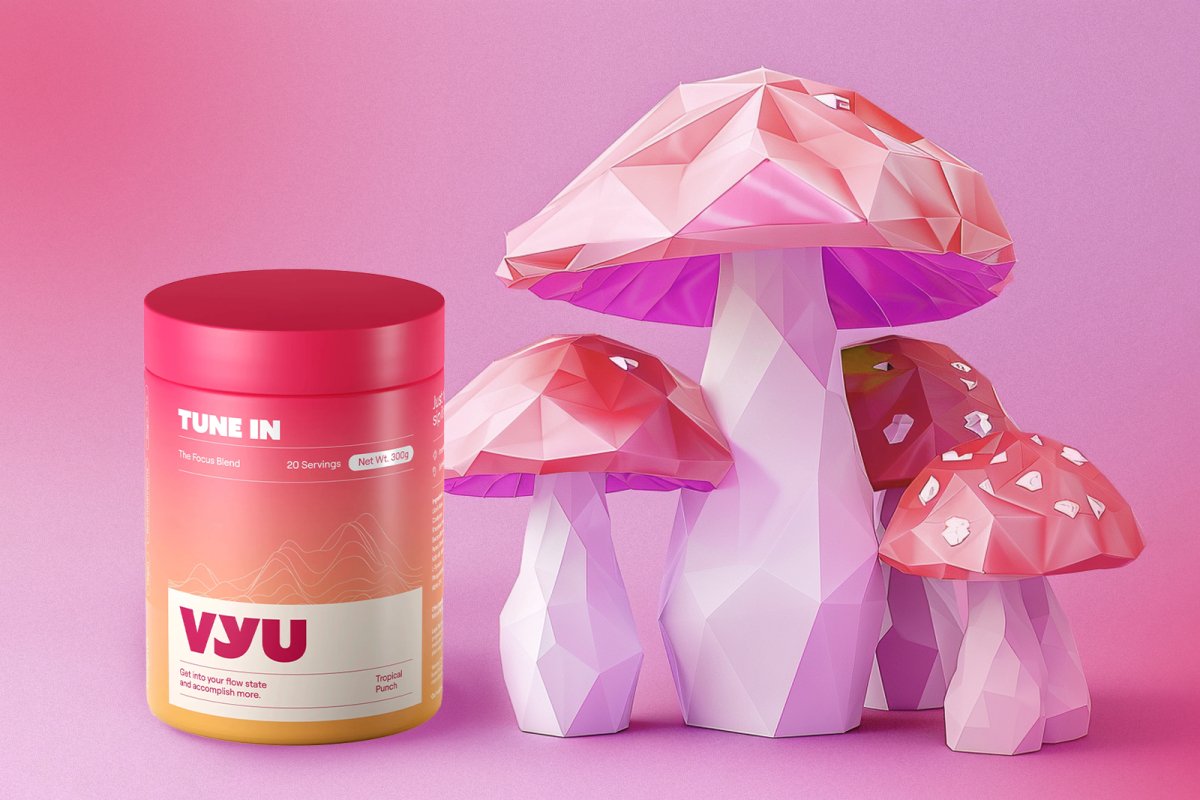

What are the Five Stages of Burnout?
Published:
Updated:
If youve ever wondered why you feel like you are running empty, tired, or that some simple tasks take you way too long, you might be looking at burnout. Its like your brain and body shout enough because of chronic tiredness, stress, and a mix of bad habits.
But how does burnout happen? This process unfolds in five different stages.
In this article, well help you recognize each of these stages, their symptoms and signs, how to handle each of them, and how supplements like TUNE IN, made with nutrients that fight off stress, can combat burnout.
Key Takeaways
- Burnout starts as a mix of exhaustion, irritability, and a sense that nothing matters, making you feel done before the day begins.
- This process unfolds in five stages, starting with an optimistic honeymoon phase that gradually leans to habitual burnout.
- You can combat burnout with small steps, including changing your routine, seeking support, or using natural supplements like TUNE IN, which offer nutrients to fight fatigue and stress, including a natural boost to your energy levels.
Signs and Symptoms of Burnout
Before we delve into learning the process and the five stages of burnout, lets circle back to what burnout is, its signs, and the general symptoms.
To put it simply, it's a mix of exhaustion, irritability, tiredness, and a feeling that nothing matters.
Imagine waking up and feeling like youre already done for the day; thats essentially how burnout feels. Most people feel mentally and physically drained, no matter how much they sleep or rest.
If you ever start feeling like every day is sluggish, you are over-stressed, or you feel brain-fogged even with the simplest tasks, you might be facing burnout.
While constant stress, tiredness, and even mental health can all affect the symptoms leading to burnout, so all of these are factors in this diagnosis.
What are the Five Stages of Burnout?
Now, there are five main stages that most users pass through with burnout, starting with the new honeymoon phase, then the stress onset, then chronic stress, and finally into the burnout and habitable burnout phases.
Simply put, you start on a very positive note, which slowly follows with stress and tiredness that slowly becomes chronic.
Lets check each of these out.
Honeymoon Phase
The honeymoon phase is just as it sounds like: it's that moment similar to when you start a new hobby. You start feeling full of energy, ideas, and the right mood to make things work.
But like real honeymoons, this phase tends to end after a while.
This phase can be tricky because it feels so good. It seems like you are on top of your game, but your energy slowly seeps away like running a marathon at a sprinters pace.
Recognizing this stage is important since you might initially feel positive but suddenly realize that you start feeling stressed. This can also help you set realistic expectations and boundaries for yourself.
Sooner or later, the stress starts to onset before you notice, which leads to the next phase.
Stress Onset Phase
Now, this phase is when the stress really starts to creep in. For a moment, it might feel like you are okay, and suddenly, you are juggling too many balls and dont know how to keep them all in the air.
Youll notice this phase because youll start to feel more tired, irritable, or even a little overwhelmed by all the things you used to handle with ease. Even a single task might start to get tiring without any specific sign.
Its a sneaky phase because, at first, it might seem like a bad day or rough patch, but as unhandled stress accumulates, its the beginning of burnouts slippery slope.
The key to this stage is to notice when Im a bit stressed starts to become a daily thing and recognize that maybe it's time to deal, reassess, and find some balance.
Chronic Stress Phase
Next, we are getting to one of the key phases of burnout: the chronic stress phase. Chronic stress means having stress playing on a loop in your life, feeling more than just tired.
Because of this, exhaustion can start to creep in, and stress becomes a daily nuance to most of your tasks. Sometimes, it can feel like starting things feels harder than it should, thanks to wearing stress around.
This stage can be a big red flag. Think of it as a way for your mind and body to yell for help. Some people start to feel irritable, especially when snapping back at coworkers or close ones, dreading work, or feeling constantly disillusioned, mixed with stress.
This is the point where taking action is crucial. Whether you start talking to someone, change your routine and habits, or find a way to de-stress before the burnout phase begins.
Burnout Phase
And now, lets get into the real deal, the burnout phase. This is when all the symptoms above tend to peak, with some people reporting they feel like they are on a slump or hit a fairly tall wall.
The enthusiasm from the honeymoon phase is gone now, and sometimes, you just try to make it through the day, either with simple tasks or through work. Days tend to feel the same; everything might seem tiring and draining.
This phase is a wake-up call. It is the phase when you realize that running on empty is not sustainable, and changes must be made to your routine to be functional again.
It is crucial that you take a step back, reassess, and start thinking about some changes that can bring you energy and joy again but, mostly, break the cycle of stress.
Habitual Burnout Phase
Remember that wall from the previous phase? Well, the habitual burnout phase turns this wall into your new home. Its like burnout has moved in, unpacked its bags, and decided to stay, making you feel extremely tired and irritable all the time.
You might catch yourself feeling cynical, detached, and just generally unenthusiastic about activities that used to bring you joy or recharge you.
Some people might also present dizziness, nausea, or headaches if stress and constant burnout have set in, which can impair productivity and mental health pretty quickly.
That said, it's never too late to evict burnout from your home.
This stage is a sign that you need a major overhaul in how you approach work, life, and stress. Its about finding new strategies, seeking support, loading on nutrients, and rediscovering old hobbies or activities that can help you cope with this tiredness.
While major burnout cases usually need professional help, it is important to know that its all about progress and not perfection. Starting small should never stop you from starting a new hobby, meditating a few minutes a day, or taking an online yoga class on YouTube.
So feel free to start slow or small as long as you start.
Prevent Burnout Naturally with TUNE IN
If you are tired of feeling like a zombie due to emotional, physical, and mental exhaustion, you might want to load up with nutrients that can help you with mood, energy, or focus. And TUNE IN is a great way to support this by helping fight off fatigue, stress, and burnout.
TUNE IN has key ingredients that can help you get instant focus, clarity, and energy, specifically ingredients with nootropic and adaptogenic properties. Some herbs and mushrooms like Rhodiola rosea, ashwagandha, and lions mane can all help your energy levels without energy crashes like caffeine.
Best of all, TUNE IN is pretty versatile and can be easily added to water, tea, or mix it in a smoothie in the morning.
Final Thoughts
Burnout starts with a honeymoon phase that slowly adds stress and tiredness to your routine until everything snowballs into the burnout phase.
However, with the right approach, knowledge, and a bit of self-care, it can get easier to navigate through the stages of burnout and come out stronger.
Remember, its not about avoiding stress entirely, but instead finding ways to manage and understand your stress and your cycles and finding the correct methods to boost your energy and mood levels.
Nutrition is also important, so feel free to add supplements like TUNE IN to help you take the first step towards making a change. Its all about breaking the cycle and returning to feeling like yourself again.
FAQs
What is the 5th Stage of Burnout?
The fifth stage of burnout is called habitual burnout, and its basically the strongest stage of burnout. Every day might feel like a bad day, with strong chronic stress, tiredness, and irritability.
How Do You Resolve Burnout?
Resolving burnout can take time, patience, and a bit of a strategy, first recognizing the symptoms and then taking action, whether you set boundaries, find time for self-care, or seek support from friends, family, or professionals.
What is the Difference Between Fatigue and Burnout?
Fatigue and burnout might seem similar at first glance, but fatigue is like hitting a bump in the road, while burnout is like driving into a ditch. Fatigue is temporary; usually, a good nights sleep can fix it, while burnout is deeper, with emotional, physical, and mental exhaustion.
VYU Blog Disclaimer
The information provided on the VYU blog is intended solely for informational and entertainment purposes. It should not be used as a substitute for professional medical advice, diagnosis, or treatment.
Always seek the advice of your physician or other qualified health provider with any questions you may have regarding a medical condition or treatment and before undertaking a new healthcare regimen. Never disregard professional medical advice or delay in seeking it because of something you have read on this website.
For more information, check out our FAQs and contact page.
Blog posts
-

Host Defense vs. Om Mushrooms vs. VYU
Compare Host Defense, Om Mushrooms, and VYU for your health journey. Find out which offers the best blend of taste and benefits. Elevate your wellness today! -

Genius Mushrooms vs. Om Mushroom vs. VYU
Learn why VYU is the superior choice for functional beverages, offering exceptional taste and health benefits to boost your mental performance -

Om Mushrooms vs. Four Sigmatic vs. VYU
Compare Om Mushrooms, Four Sigmatic, and VYU for your health journey. Choose the ideal beverage to boost your wellness today!
Sign up to our productivity newsletter
and get 10% off your first order.



